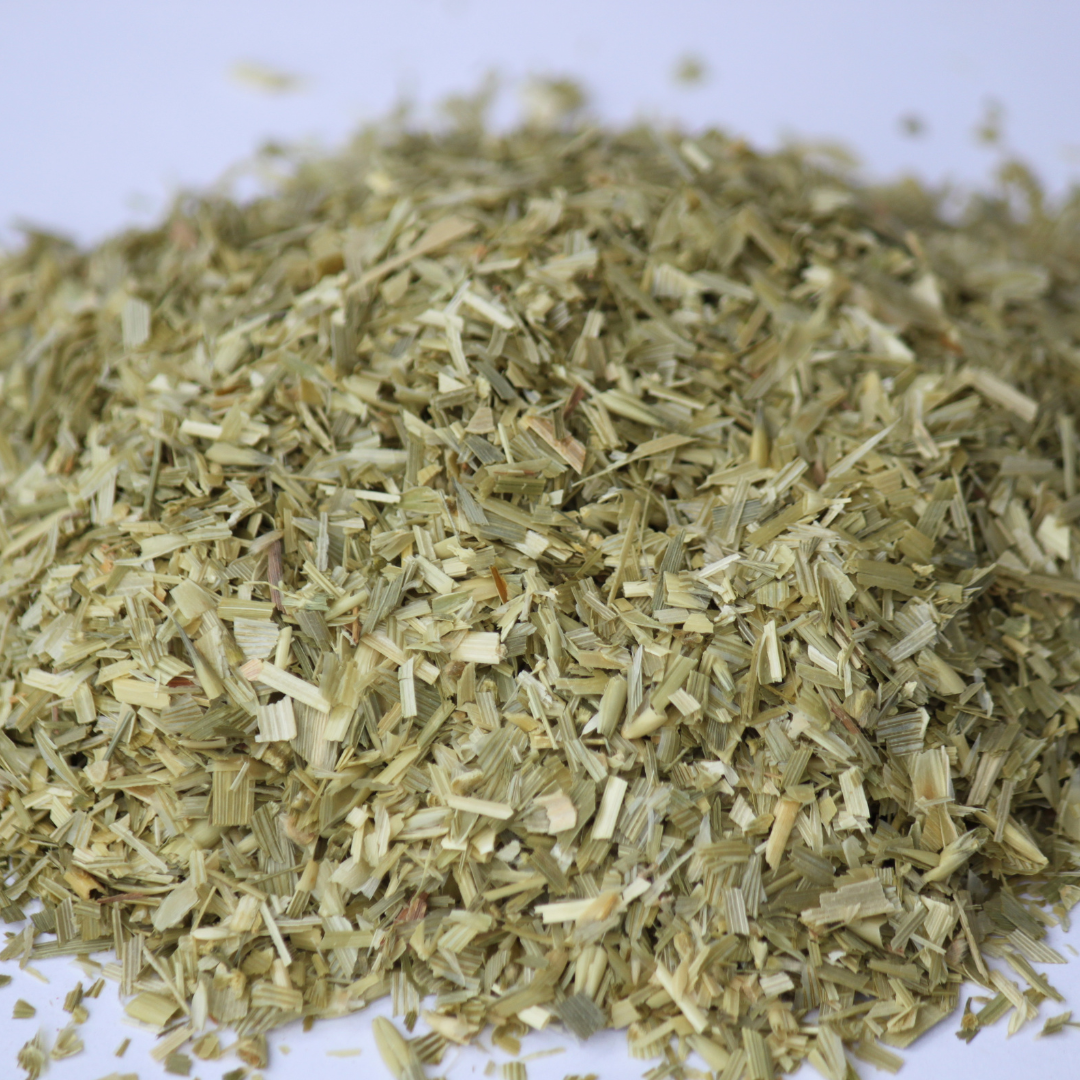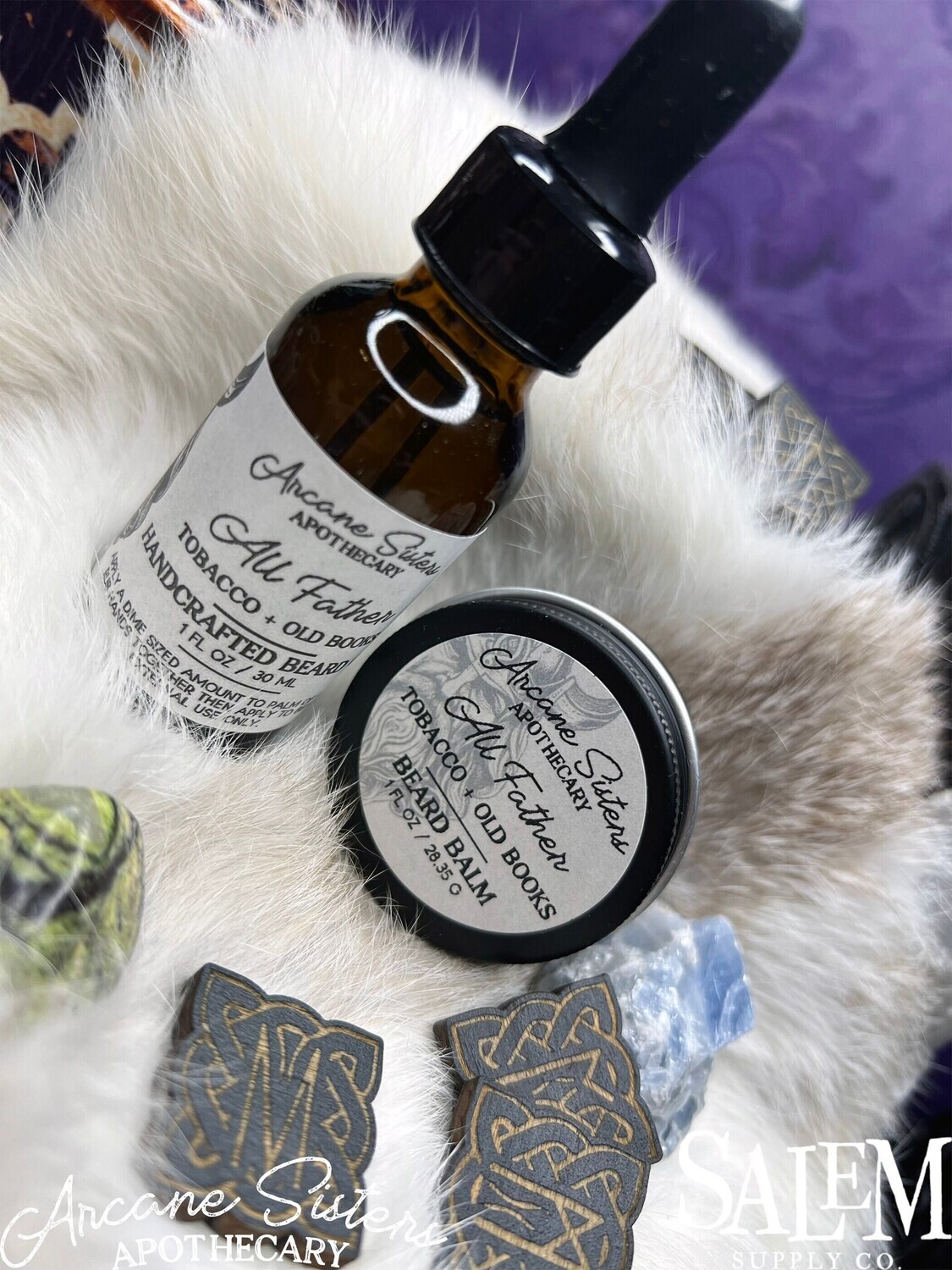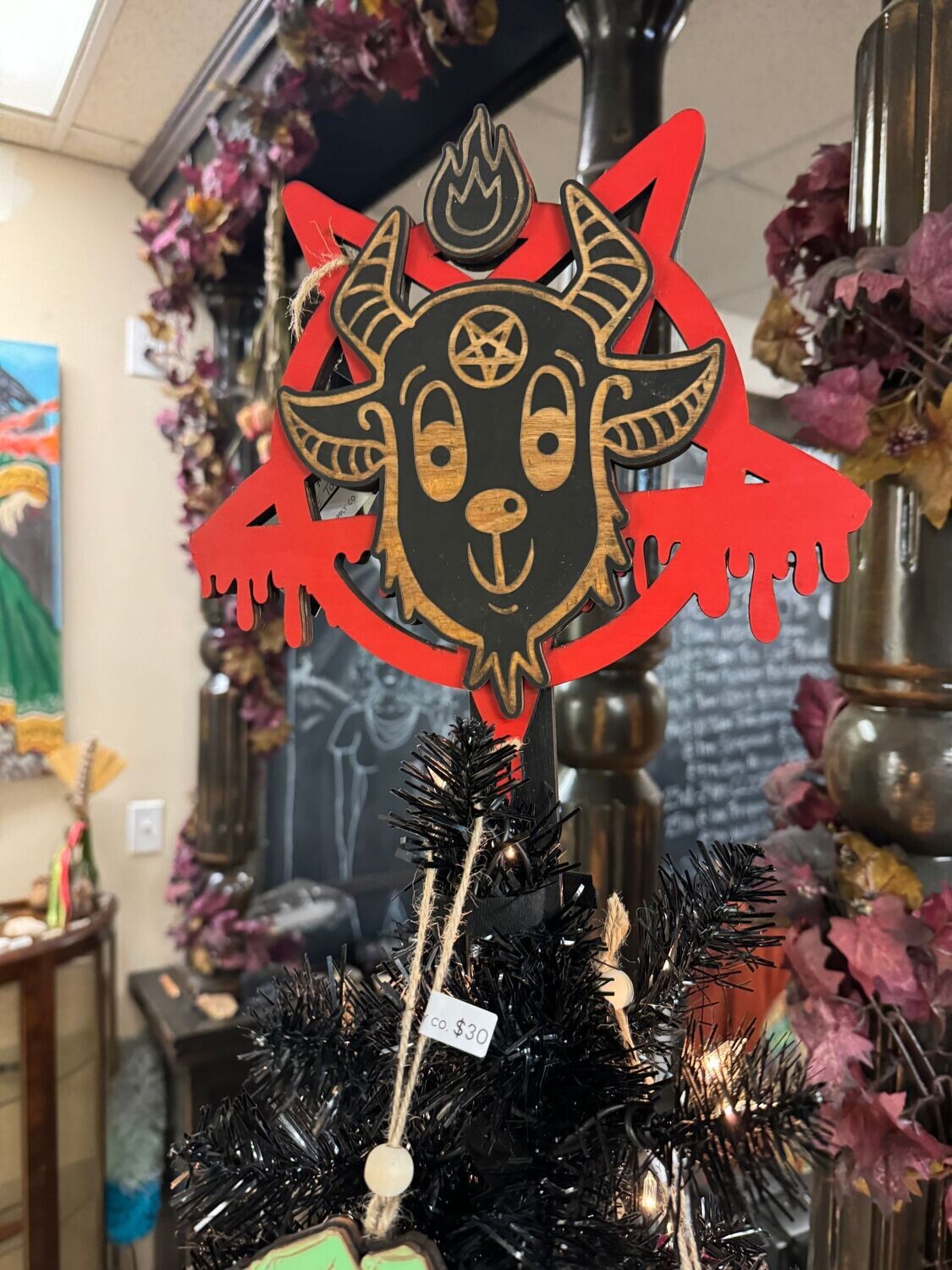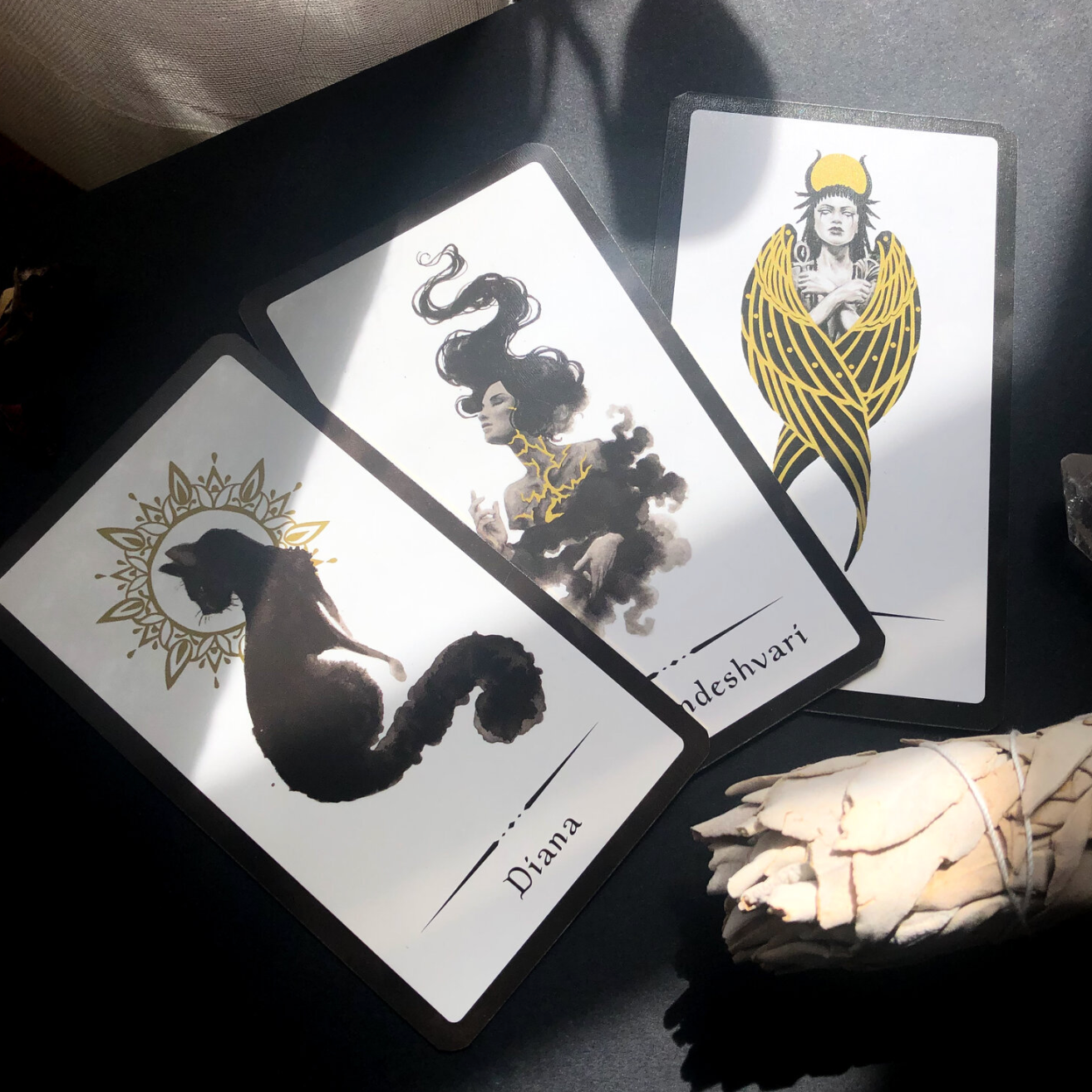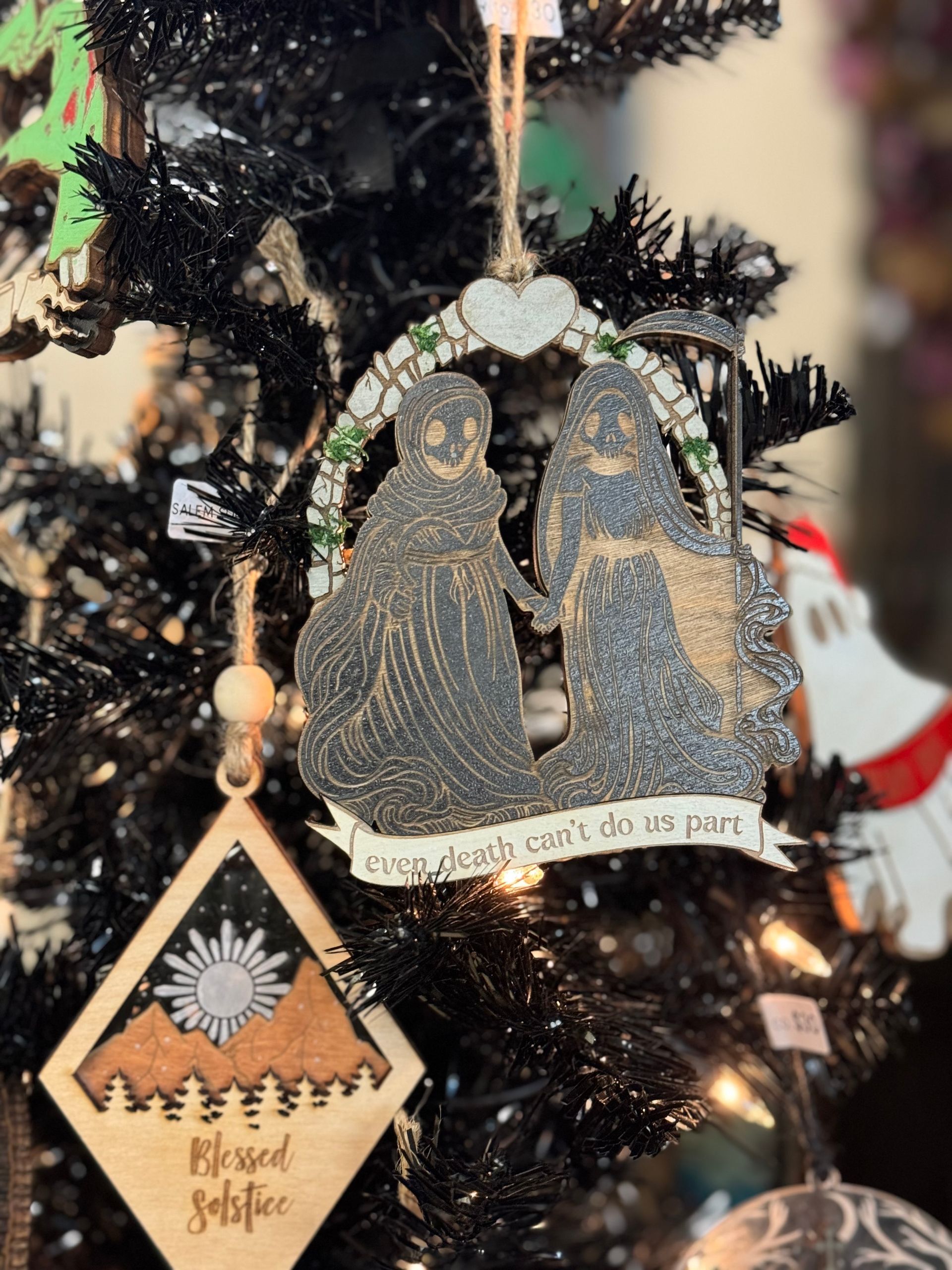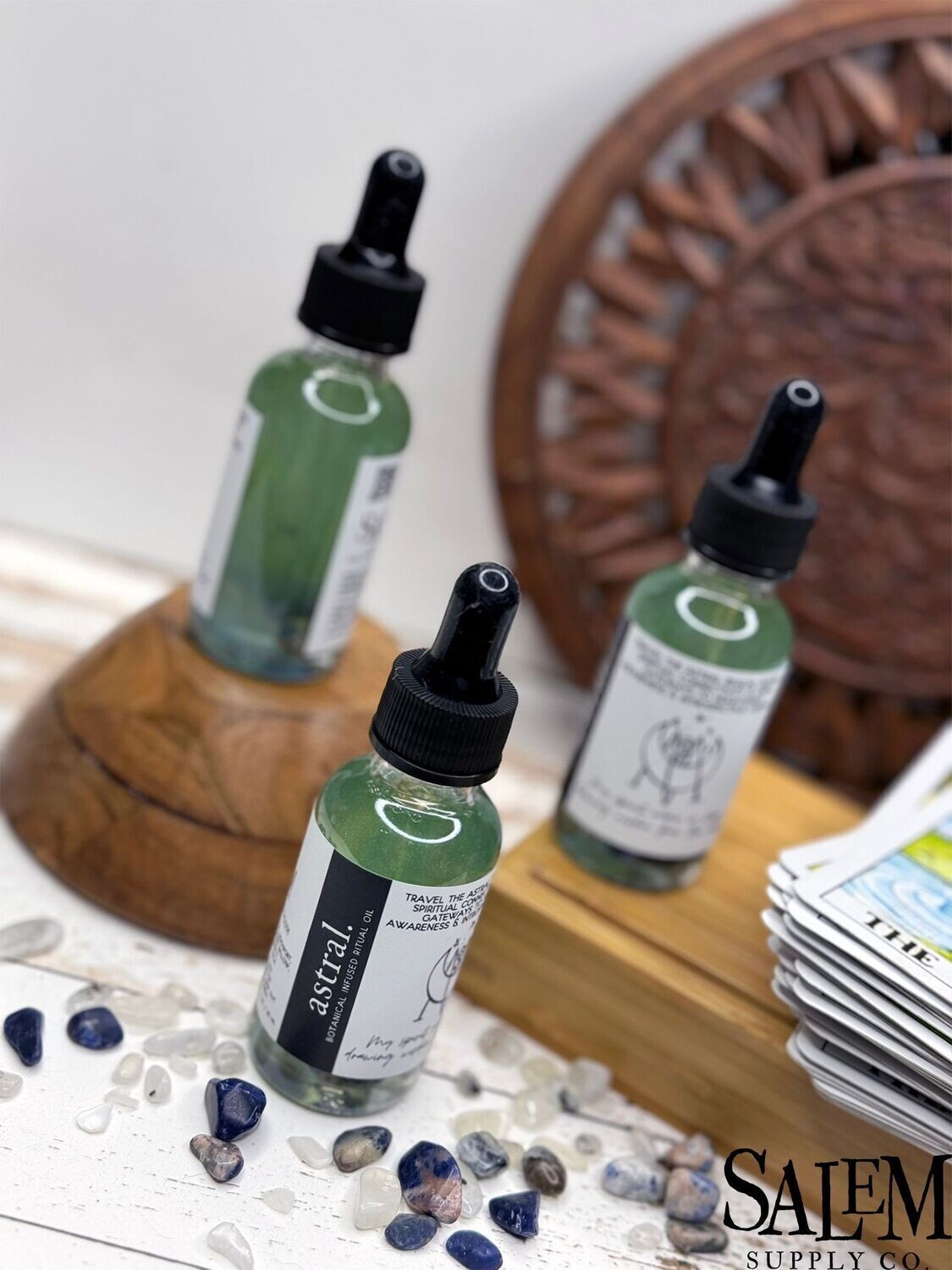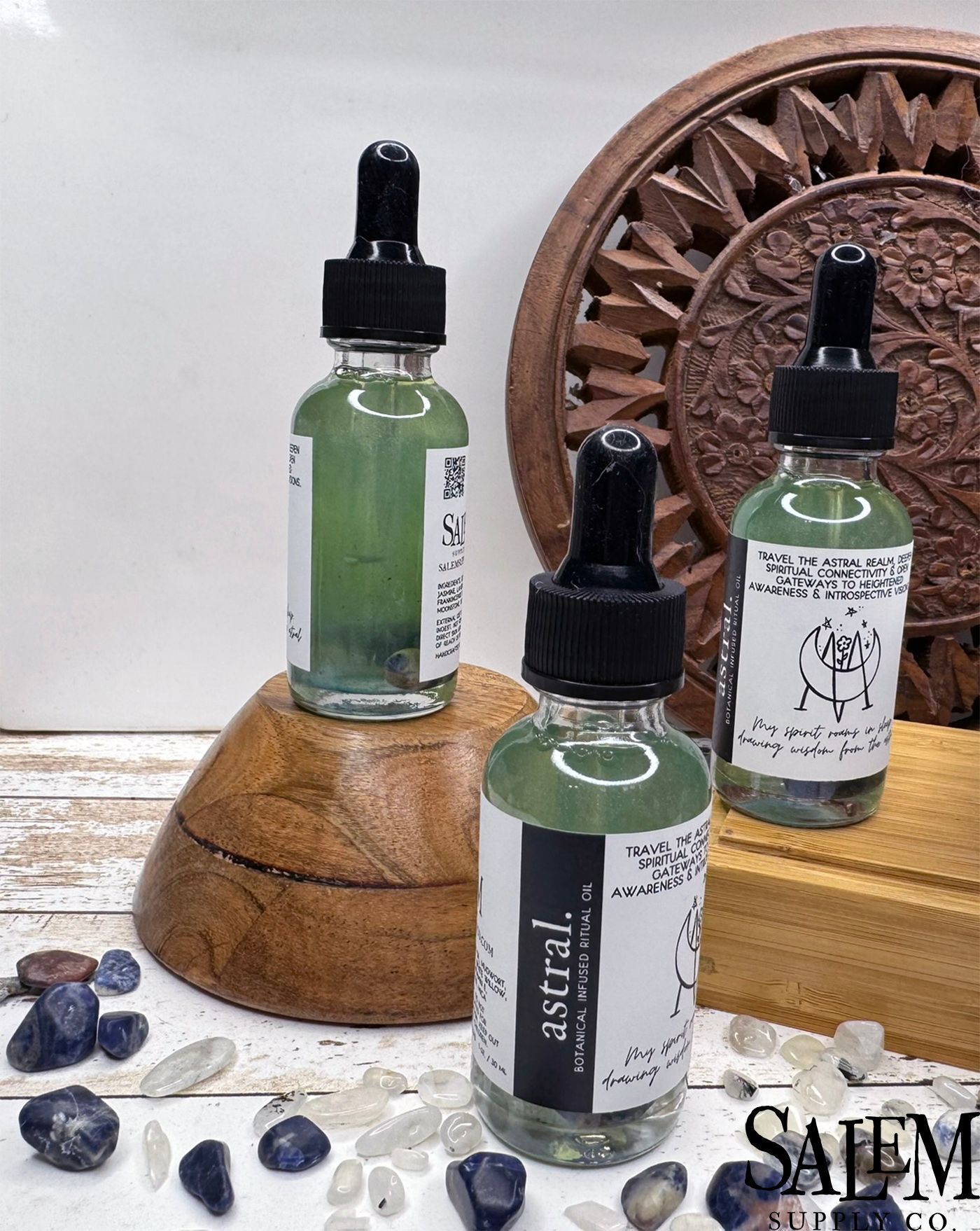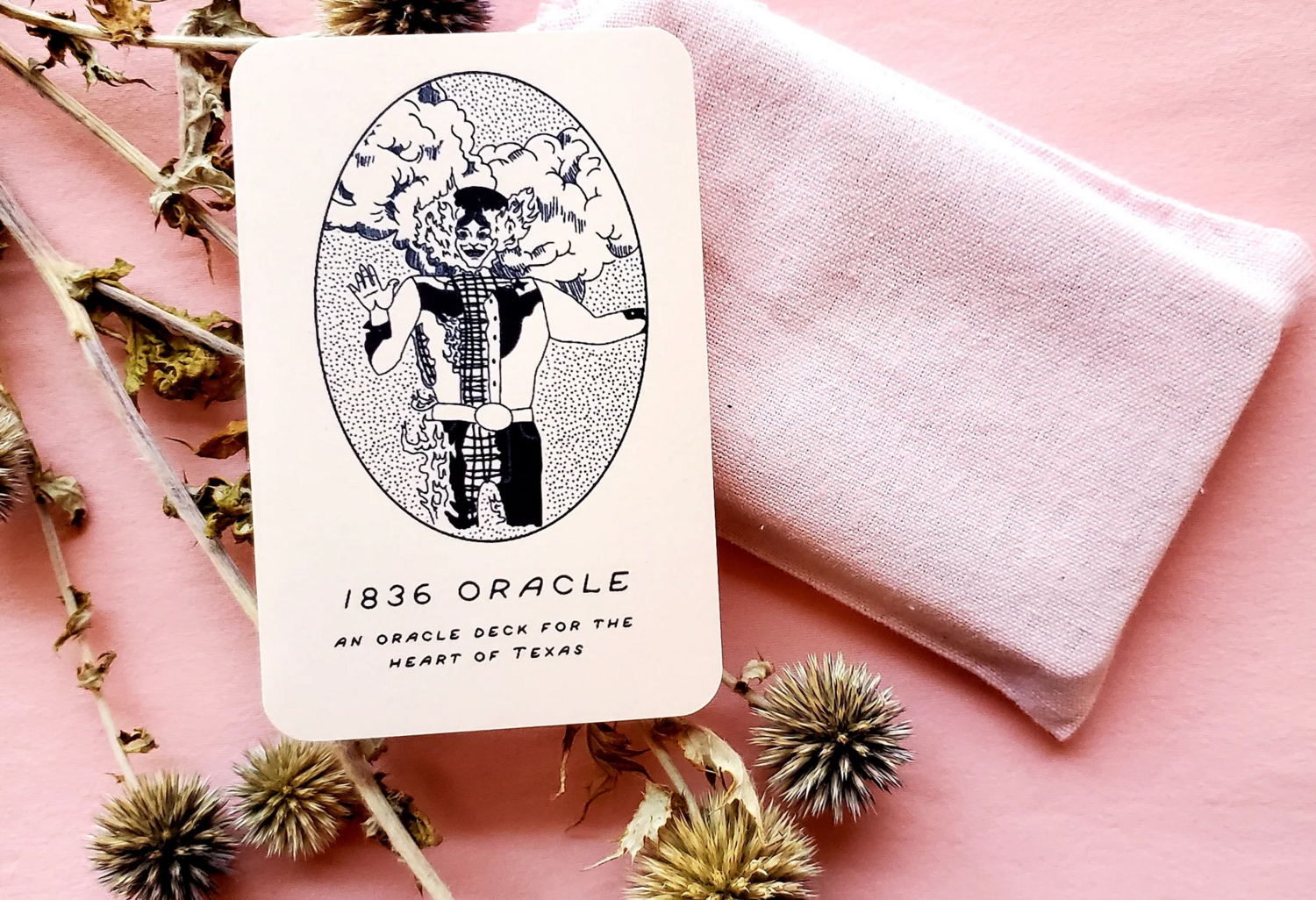Botanical Name: Avena sativa
Family: Poaceae (the grass family)
Usage: Medicinal, Ritual
Folk Names: Oat Straw, Groats, Common Oats, Wild Oats
Associated Deities: Paean
Planetary Correspondence: Oatstraw is commonly associated with the planet Venus, which resonates with themes of nourishment, love, and gentle healing.
Zodiac Correspondence: Taurus, Libra
Chakra: Heart
Tracing Oatstraw's Roots
Oatstraw’s journey begins in the fertile fields where oats have been cultivated for centuries. Originally from the Fertile Crescent, oats and Oatstraw have spread worldwide, valued for their nutritional and medicinal properties. Traditionally, Oatstraw has been used in folk medicine to support a variety of health conditions, from soothing nerves to improving skin health. It's a testament to the enduring wisdom of herbal remedies passed down through generations.
Essential Tips for Growing oatstraw
Growing your own magical ingredients can be immensely rewarding for a witch. Oatstraw, while simple in its needs, requires certain conditions to flourish.
Cultivating Oatstraw:
- Soil and Location: Oatstraw thrives in well-drained soil, rich in organic matter. It prefers a sunny location but can tolerate partial shade. Ensure the planting site allows for ample sunlight for most of the day, as this encourages robust growth.
- Planting Oat Seeds: Plant seeds in early spring, as soon as the soil is workable. Sow the seeds about 1-2 inches deep into the soil, spaced adequately to allow room for growth. Oats are generally undemanding and can grow in various soil types, though they favor a neutral pH.
- Watering: Regular watering helps establish the plants, especially during dry spells. However, once established, oat plants are relatively drought-tolerant. Overwatering should be avoided to prevent root rot and other moisture-related issues.
- Weed Control and Maintenance: Keep the area around the oat plants free of weeds, especially during the early stages of growth. Mulching can help retain soil moisture and suppress weed growth.
Harvesting Oatstraw:
- The Right Time: The optimal time for harvesting Oatstraw is a crucial aspect. The ideal stage is when the oat seeds are in their milky stage – not fully ripe but filled with a milky fluid. This stage usually occurs about two weeks after the flowering peaks.
- Cutting the Stems: Using a sickle or scythe, cut the oat plants about 2-3 inches above the ground. This height ensures that you gather the most nutrient-dense part of the plant while allowing for potential regrowth.
- Drying Process: Tie the cut stems in small bundles and hang them in a well-ventilated, dry area away from direct sunlight. The drying process is vital for preserving the medicinal qualities of the Oatstraw. It may take several days to a few weeks, depending on the humidity and airflow.
- Storage: Once thoroughly dried, store the Oatstraw in airtight containers, away from light and moisture. Properly dried and stored Oatstraw can be used for a year or more.
Utilizing Your Harvest:
- The dried Oatstraw is an excellent addition to bath blends for a soothing and skin-nourishing experience.
Growing and harvesting Oatstraw is not just about the end product; it's a practice in patience and connection with the rhythms of nature, resulting in a deeply rewarding experience.
Navigating the Dos and Don'ts of Using Oatstraw safely
- Allergies and Sensitivities: People with gluten intolerance or celiac disease should be cautious. While Oatstraw itself does not contain gluten, oats are often processed in facilities that handle wheat. There's a risk of cross-contamination, which can be significant for those with severe allergies or sensitivities.
- Handling Irritation: For some individuals, handling Oatstraw, especially in its raw, unprocessed form, might cause skin irritation. It's relatively rare, but those with sensitive skin should consider wearing gardening gloves when handling the plant.
- Pest Attraction in Gardens: Like many plants, Oatstraw can attract certain garden pests. If you're growing Oatstraw, be mindful of common pests like aphids and plan accordingly with natural pest control methods to keep your garden healthy.
- Mold and Mildew: If not dried properly, Oatstraw can develop mold or mildew. Ensure that the harvested plant is thoroughly dried in a well-ventilated area to avoid any fungal growth, which can be harmful if ingested or inhaled.
- Safe Storage: Store dried Oatstraw properly in a cool, dry place to prevent it from becoming damp or moldy. Improper storage can not only degrade the quality of the herb but also lead to health hazards due to mold.
- Children and Pets: As with any plant material, keep Oatstraw out of reach of children and pets who might inadvertently ingest it. While not highly toxic, it's always best to prevent any potential issues from accidental consumption.
Oatstraw in magical Rituals
Oatstraw, known for its soothing and nurturing properties, lends itself to a variety of rituals and spells. Here are some specific ways to incorporate this versatile herb into your spiritual practices:
- Stress-Relief and Calming Rituals: Utilize Oatstraw in a soothing bath ritual or as part of a calming tea blend to alleviate stress and anxiety. Its natural properties are believed to relax the mind and promote a sense of tranquility.
- Healing Spells: For spells focused on emotional or physical healing, incorporate Oatstraw as it's known for enhancing overall well-being. Add it to healing sachets or burn it as incense while focusing on your intent to heal.
- Prosperity Rituals: Given its association with abundance, Oatstraw can be used in prosperity rituals. Place it in a charm bag or scatter it around candles during a prosperity spell to attract financial stability and abundance.
- Protection Spells: Create a protective amulet with dried Oatstraw, or hang bundles around your home. Its grounding energy is believed to safeguard against negative influences.
- Love and Harmony Spells: In spells to attract love or harmonize relationships, use Oatstraw in combination with other love-associated herbs. It can be used in bath rituals or as part of a love-drawing sachet.
- Sleep and Dreamwork: Incorporate Oatstraw in sleep pillows or night-time teas to promote restful sleep and insightful dreams. Its calming effect is conducive to a peaceful night's rest and can aid in dream recall.
- Fertility Rituals: Given its nurturing qualities, Oatstraw can be included in fertility rituals or spells, symbolizing growth and the nurturing of new beginnings.
- Meditation and Grounding Practices: Use Oatstraw as an incense or brew it as a tea to sip during meditation. Its grounding properties can enhance focus and deepen your meditative state.
Each of these uses taps into different facets of Oatstraw’s gentle yet powerful nature, making it a versatile tool for a wide range of spiritual and magical practices.
Oatstraw's Grounding Properties
Oatstraw's deep resonance with the Earth element is reflective of its qualities of grounding, nurturing, and providing stability. This connection is not only pivotal in its growth but also in the spiritual and healing energies it embodies.
Utilizing Oatstraw in grounding rituals can help anchor and stabilize energies, making it ideal for practices aimed at restoring balance and calmness. Additionally, its nurturing aspect is beneficial in spells for growth and abundance, symbolizing the Earth's capability to foster and sustain life.
By incorporating Oatstraw in your practices, you're tapping into the essence of Earth's enduring and resilient nature, harnessing these energies for stability, growth, and nurturing care.
deeper insight into oatstraws celestial correspondences
Oatstraw’s celestial correspondences paint a picture of harmony, healing, and abundance, deeply rooted in its planetary and spiritual associations.
- Planetary Correspondence: Aligned with Venus, Oatstraw embodies nurturing and harmonious energy. This planetary connection highlights the herb’s ability to foster love, beauty, and peace, mirroring Venus's qualities of harmony and attraction. It's particularly useful in rituals and practices that seek to cultivate these Venusian aspects.
- Zodiac Correspondence: Oatstraw resonates strongly with Taurus, a zodiac sign ruled by Venus. This correspondence underscores Oatstraw's affinity for comfort, stability, and the pleasures of the senses. It suggests the herb’s potential in supporting endeavors that require patience, reliability, and a strong connection to the physical world, all traits cherished by Taureans.
- Chakra: Its association with the Heart Chakra aligns Oatstraw with emotional healing and balance. This chakra, central to our ability to give and receive love, finds support in Oatstraw's gentle, soothing energies. Utilizing it in chakra work can aid in healing emotional wounds and fostering an open, balanced heart center.
- Deities: Oatstraw is often linked with Earth goddesses and deities known for fertility and abundance. This connection is reflective of the herb’s life-sustaining properties and its role in rituals of fertility, growth, and prosperity. In invoking these deities, Oatstraw can be used as an offering or a tool to channel their abundant and nurturing energies.
Herbal Substitutes for Oatstraw: Exploring Comparable Options
While Oatstraw is unique in its properties, there are other herbs that can offer similar benefits in its stead, each with its own distinctive characteristics.
- Chamomile (Matricaria chamomilla): A renowned herb for relaxation, Chamomile is an excellent alternative for Oatstraw's calming properties. Its gentle soothing effect is ideal for reducing stress and promoting a peaceful sleep, making it a favorite in teas and relaxation blends.
- Nettle (Urtica dioica): For nutritional support, Nettle is a robust substitute. Rich in vitamins and minerals, it mirrors Oatstraw’s nourishing qualities and is particularly beneficial for boosting energy and supporting overall wellness.
- Red Clover (Trifolium pratense): When it comes to hormonal balance, Red Clover is a fitting alternative to Oatstraw. It’s often used in herbal remedies for menopausal symptoms and hormonal fluctuations, offering a natural approach to hormone regulation.
Each of these herbs can be used in similar ways as Oatstraw, whether in teas, tinctures, or as part of a herbal blend, catering to specific needs like calmness, nourishment, or hormonal health.
Oatstraw Ritual for Creativity and Grounding
Objective: To ground yourself and open up to the flow of creative energies, using the nurturing powers of Oatstraw.
Materials Needed:
- A bundle of dried Oatstraw
- A green or brown candle (representing earth and creativity)
- A small piece of paper and a pen
- A bowl of soil (to represent grounding)
- Optional: crystals such as Tiger’s Eye or Green Aventurine for added creativity and grounding
Steps:
- Prepare Your Space: Begin by cleansing your space in a manner that suits your practice. This can be done through smudging, sound cleansing with a bell or singing bowl, or simply visualizing white light filling the space.
- Candle and Intent Setting: Place the green or brown candle in the center of your work area. Before lighting it, hold it in your hands and focus on your intention to ground your energy and enhance your creativity. Visualize this intent flowing from your heart, through your arms, and into the candle. Light the candle.
- Oatstraw and Soil: Take the bowl of soil and gently place the Oatstraw on top. This act symbolizes planting your creative seeds and grounding them in reality. If you're using crystals, place them around the bowl.
- Writing Your Intent: On the small piece of paper, write down a specific creative goal or project you wish to focus on. Fold the paper and place it beneath the bowl of soil and Oatstraw. This represents your intention taking root.
- The Ritual: Sit comfortably and focus on the flame of the candle. Imagine its light extending downwards into the bowl, infusing the Oatstraw, soil, and your written intention with creative energy and grounding strength. Take deep, slow breaths and with each exhale, envision any blocks to your creativity being released into the earth.
- Affirmation: Speak aloud or silently affirm your openness to creativity and your connection to the earth. An example could be, "I am grounded and open, ready to receive the flowing abundance of creativity the universe offers."
- Closing the Ritual: Once you feel your intentions are firmly planted and your energy grounded, express gratitude to the elements and any deities or guides you worked with. Extinguish the candle safely. Keep the bowl with the Oatstraw and your intention in your creative space as a reminder of your commitment.
- Afterward: Whenever you work on your creative project, keep the bowl nearby to remind you of the grounding and inspiration you've cultivated. Once the project is complete, return the Oatstraw and soil to nature as a thank you.
DISCLAIMER:
The information presented in this blog post is for educational and entertainment purposes only. While we strive to provide accurate information about the historical and folklore-based uses of herbs, the content is not intended to be a substitute for professional medical advice, diagnosis, or treatment.
Always seek the advice of your physician or other qualified healthcare provider with any questions you may have regarding a medical condition, and before undertaking any diet, exercise, or other health-related programs.
You are solely responsible for your own health. Herbal medicine is a vast and complex field, and, like conventional medicine, must be used responsibly. People's reactions to herbs can vary, and some herbs may be contraindicated with certain pharmaceutical drugs. Additionally, some herbs, which are beneficial in their proper context, may be confused with harmful and/or deadly substances.
If you are pregnant, nursing, taking medication, or have a known medical condition, consult your healthcare provider before using herbal remedies.
NOTE ON MAGICAL USE:
The magical uses and correspondences listed in our blog posts are based on historical folklore and/or our opinions. They are provided for entertainment purposes and are not guaranteed to offer any specific outcomes. Exercise discernment and remember, magic is a personal practice.
SHARE

